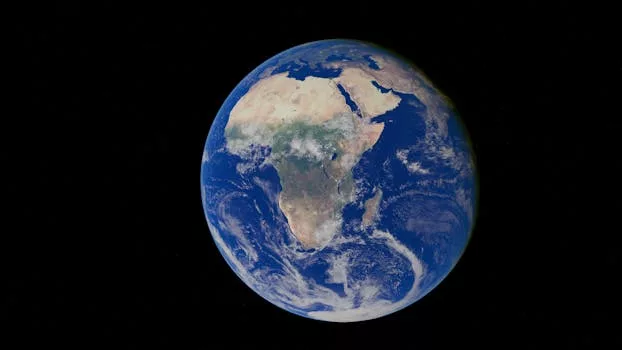
“
Introduction to the Wonders of the Universe
From Stardust to Dreams: Imagining Life Beyond the Stars is an intriguing concept that has captivated human imagination for centuries. The possibility of life beyond Earth is a topic of ongoing debate and research in the fields of astronomy, astrophysics, and astrobiology. As we continue to explore the vast expanse of the universe, we are reminded of the infinite possibilities that lie beyond our planet.
The discovery of exoplanets, which are planets that orbit stars other than the Sun, has provided significant evidence for the potential of life beyond Earth. With thousands of exoplanets discovered so far, the likelihood of finding life-supporting planets is increasing. The search for life beyond Earth is an exciting and ongoing journey that has sparked the imagination of scientists, philosophers, and the general public alike.
The Origins of Our Existence
To understand the possibility of life beyond Earth, it is essential to comprehend the origins of our existence. The most widely accepted theory is the Big Bang theory, which suggests that the universe began as a single point and expanded rapidly around 13.8 billion years ago. The universe was initially a hot and dense plasma, and as it expanded, it cooled and formed subatomic particles, atoms, and eventually, the stars and galaxies we see today.
The formation of our solar system is believed to have occurred around 4.6 billion years ago, when a giant cloud of gas and dust collapsed under its gravity, resulting in the formation of the Sun and the planets. The early Earth was a hostile environment, with frequent asteroid impacts, volcanic eruptions, and a toxic atmosphere. However, over time, the planet cooled, and the atmosphere transformed, allowing life to emerge and evolve.
The Possibility of Life on Other Planets
The possibility of life on other planets is a topic of ongoing research and debate. While there is currently no definitive evidence of extraterrestrial life, there are several factors that suggest the potential for life beyond Earth. These factors include the discovery of exoplanets, the presence of water, and the existence of organic molecules, which are the building blocks of life.
One of the most promising exoplanets in the search for life is Proxima b, which orbits Proxima Centauri, the closest star to the Sun. Proxima b is a terrestrial planet with a mass similar to that of Earth and orbits its star within the habitable zone, where liquid water could exist on its surface. The discovery of Proxima b has sparked excitement and hope in the search for life beyond Earth.
Imagining Life Beyond the Stars
As we continue to explore the universe and search for life beyond Earth, we are reminded of the infinite possibilities that lie beyond our planet. Imagining life beyond the stars is a thought-provoking concept that challenges our understanding of the universe and our place within it. The possibility of life on other planets raises fundamental questions about the nature of life, the universe, and our existence.
The search for life beyond Earth is an ongoing journey that requires the collaboration of scientists, philosophers, and the general public. As we continue to explore the universe, we are reminded of the importance of curiosity, creativity, and innovation in advancing our understanding of the cosmos.
Takeaways
- The possibility of life beyond Earth is a topic of ongoing debate and research in the fields of astronomy, astrophysics, and astrobiology.
- The discovery of exoplanets has provided significant evidence for the potential of life beyond Earth.
- The search for life beyond Earth is an exciting and ongoing journey that has sparked the imagination of scientists, philosophers, and the general public alike.
- Imagining life beyond the stars is a thought-provoking concept that challenges our understanding of the universe and our place within it.






